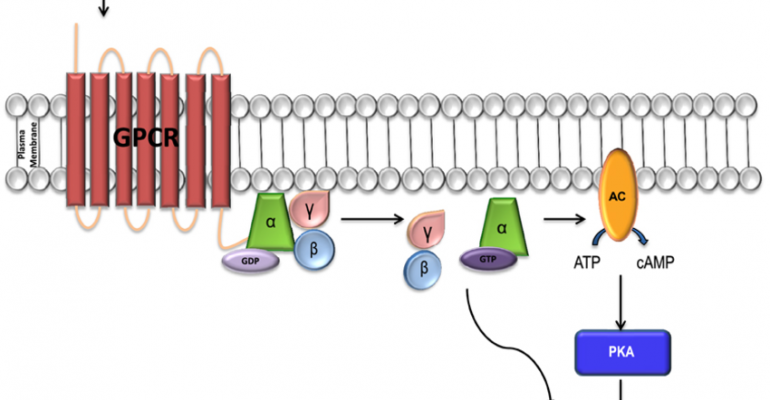The Cell-talks!: On how the organelles exchange info to coordinate action.
May 16, 2022 2022-05-25 8:05The Cell-talks!: On how the organelles exchange info to coordinate action.
When Guglielmo Marconi was basking in the praise and cheers around the world for developing the ‘radio’, the world had no idea about the various meanings that the word ‘signal’ would carry. Signal was still the toy word for physicists and engineers. Why wouldn’t it be? It was an achievement for scientists and inventors of that era, for the first time they could communicate at long distances instantly.
It is even more interesting to think how bizarre those scientists and inventors would feel if they were told that this word would become the fundamental rationale for almost all the processes that occur in the realm of biology.
In the 20th century, the emerging truth about the whole discipline of Biology was gradually becoming apparent. Do you know what the truth was? It was simple, but not for that era, that the processes are occurring fundamentally at the molecular level.
While you might still be wondering about the catchy title, biologists will know that it is about cell signaling. That signal goes inside/outside the cell to command, control, and regulate the processes that occur in the living organisms at the molecular level.
So, gradually, these biomolecules became the holy grail for learning about these processes in more detail than ever. However, it is important and equally interesting to note that unlike the signals in the physical world which are electromagnetic radiations traveling at light speed, the signals that cells use for communication are molecules themselves and mostly heavier ones.
The use of the word signal for these molecules is therefore due to the function these molecules are accomplishing and that is communication. Like any other signals, these molecules also need a receiver called receptors.
Receptors are molecules composed of proteins that have the corresponding grasp for a specific chemical messenger i.e., the signal.
One of the most studied receptors is the G protein-coupled receptor present in the transmembrane region of the cell.
These GPCRs bind to the signal and undergo a conformational change which initiates the whole cascade of processes called signal transduction.
The G-protein is a heterotrimeric protein consisting of α, β & γ subunits. The Gα subunit has a GDP attached to it. When ligand-binding occurs to transmembrane receptors, it induces changes in them & the Gα subunit along with β & γ subunits binds to the transmembrane protein while the GDP is replaced by GTP. This induces a conformational change in Gα & it dissociates from the G βγ dimer & binds to an effector.
The effector here is the next major molecule after the receptor; it could be an ion channel or an enzyme. It occurs conformational changes as well and the GTPase function of Gα subunit hydrolysis GTP bound to Gα and deactivates it. As a result, Gα reassociates with Gβγ reforming the trimeric G protein. The effector ceases its activity.
To prevent the receptor from activating even more effector molecules, its phosphorylation occurs which initiates arresting binding to receptor molecules & inhibits the ligand-bound receptor to activate any additional G protein.
So GPCR is one among many receptors that receive the signal molecule and start the process that is necessary ranging from enzyme activation to immune response.
Authored by Kishore Anal, BITS Biocon Certificate Program in Applied Industrial Microbiology, Batch 8








